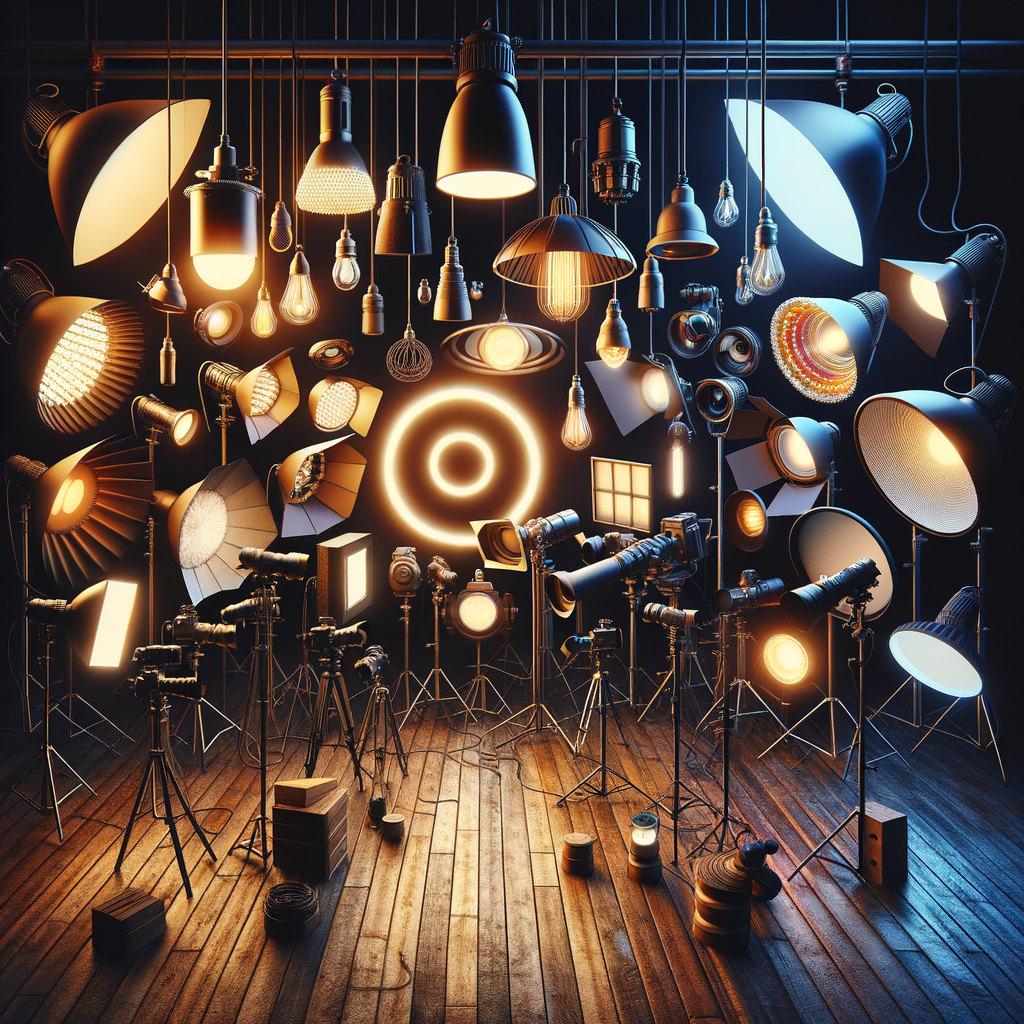
Light is the foundation of photography. It not only conveys mood and atmosphere but also affects how images are perceived by the viewer. Understanding how to work with light is a crucial step towards creating stunning photographs. In this article, we will explore various aspects of light in photography, tips on how to use it, and mastery secrets that will help you make your shots more expressive and professional.
Light shapes every image, be it a landscape, portrait, or abstraction. Knowing how to manipulate light opens up limitless possibilities for photographers. In this article, we will break down the primary sources of light, qualities of light, and how they affect photography.
1. Types of Light Sources
There are two main types of light sources: natural and artificial. Natural light comes from the sun and encompasses sunlight, overcast conditions, and varying lighting based on the time of day. Artificial light is created using various lighting devices — from simple table lamps to professional studio flashes.
Utilizing natural light allows for a unique atmosphere. The golden hour, which occurs during sunrise or sunset, provides soft and warm lighting, giving photos a special magic. Photographers often strive to capture moments during this time to fully exploit the beauty of natural light.
Artificial light, on the other hand, offers more control over lighting conditions. Using flashes and softboxes allows photographers to vary the intensity and direction of light, significantly affecting the outcome of the shoot.
2. Quality of Light
The quality of light can be classified into three types: soft, hard, and diffused.
- Soft light is created by diffusing light. This can be achieved through various filters, reflectors, and softboxes. Soft light helps create more natural and smooth shadows, making it ideal for portrait photography.
- Hard light is formed by direct light, creating sharp, high-contrast shadows. This type of lighting is well-suited for creating dramatic images and highlighting textures.
- Diffused light is similar to soft light but is less controlled. It occurs when light passes through clouds or another translucent medium, producing very smooth transitions and softening effects.
3. Light Direction
The direction of light is crucial for how your photograph will appear. There are several main lighting directions:
- Front lighting: Light comes directly onto the subject. This method is great for visibility but can create a flat look.
- Side lighting: Light falls at an angle, creating volume and texture. This is a very popular technique in portrait photography.
- Backlighting: Light is positioned behind the subject, often creating a silhouette or backlit effect. This can add an interesting effect to images, especially in landscape photography.
4. Lighting and Color
Each light source has its color temperature, which also affects color management in your photography. Warm colors create a cozy atmosphere, while cool tones lend clarity and seriousness to shots. Understanding color temperature will help you better adapt lighting to your vision.
One of the features of working with color is the use of white balance to manage the colors in your photography. This is called color correction, and tuning white balance correctly can significantly change the outcome of your work.
5. Practical Tips for Working with Light
Here are some valuable tips to help you leverage light to your advantage:
- Use reflectors: They can help bounce light and direct it onto the subject, creating more interesting shadows and structure.
- Experiment with exposure: Longer exposures can capture light movement, creating unique effects.
- Use light filters: They can help modify color temperature and set the desired tone for your image.
In conclusion, working with light is a mastery that requires practice and experimentation. Use the above tips and techniques to work more confidently with light and create genuine masterpieces in the world of photography. Alternate light sources and their directions, and watch how your shots transform, becoming more expressive and memorable.


